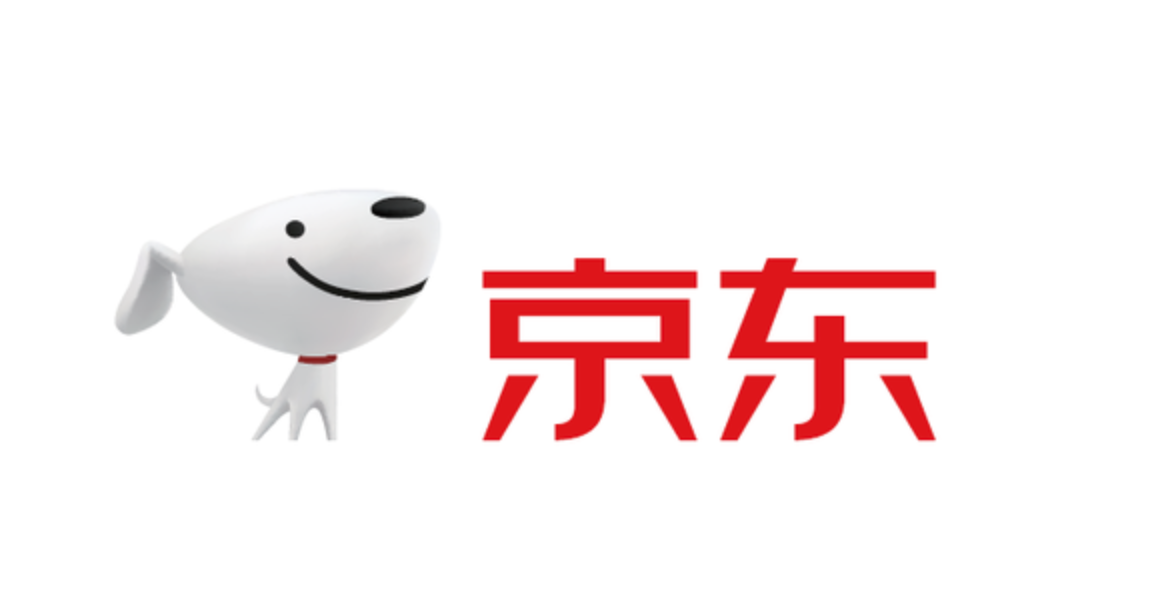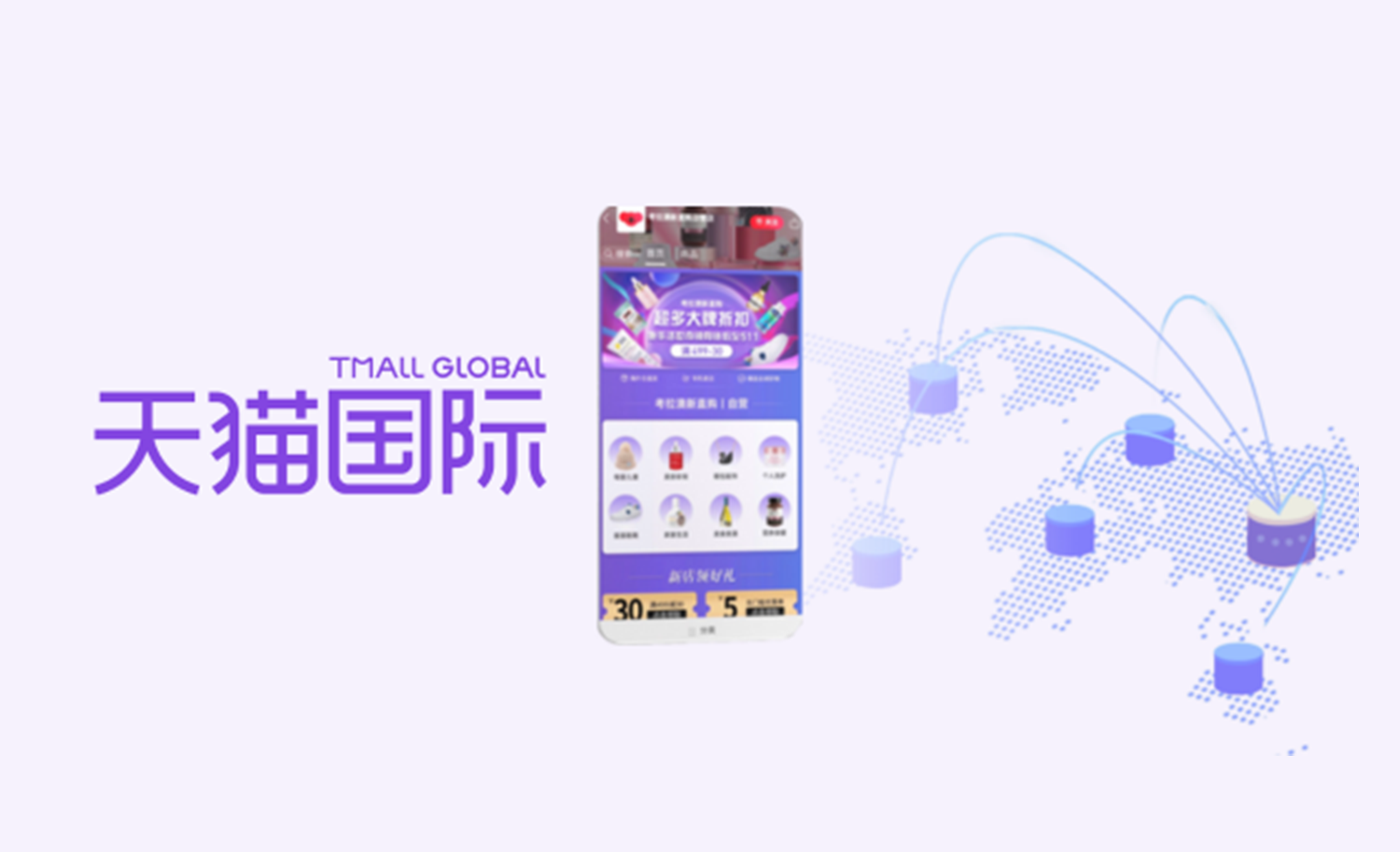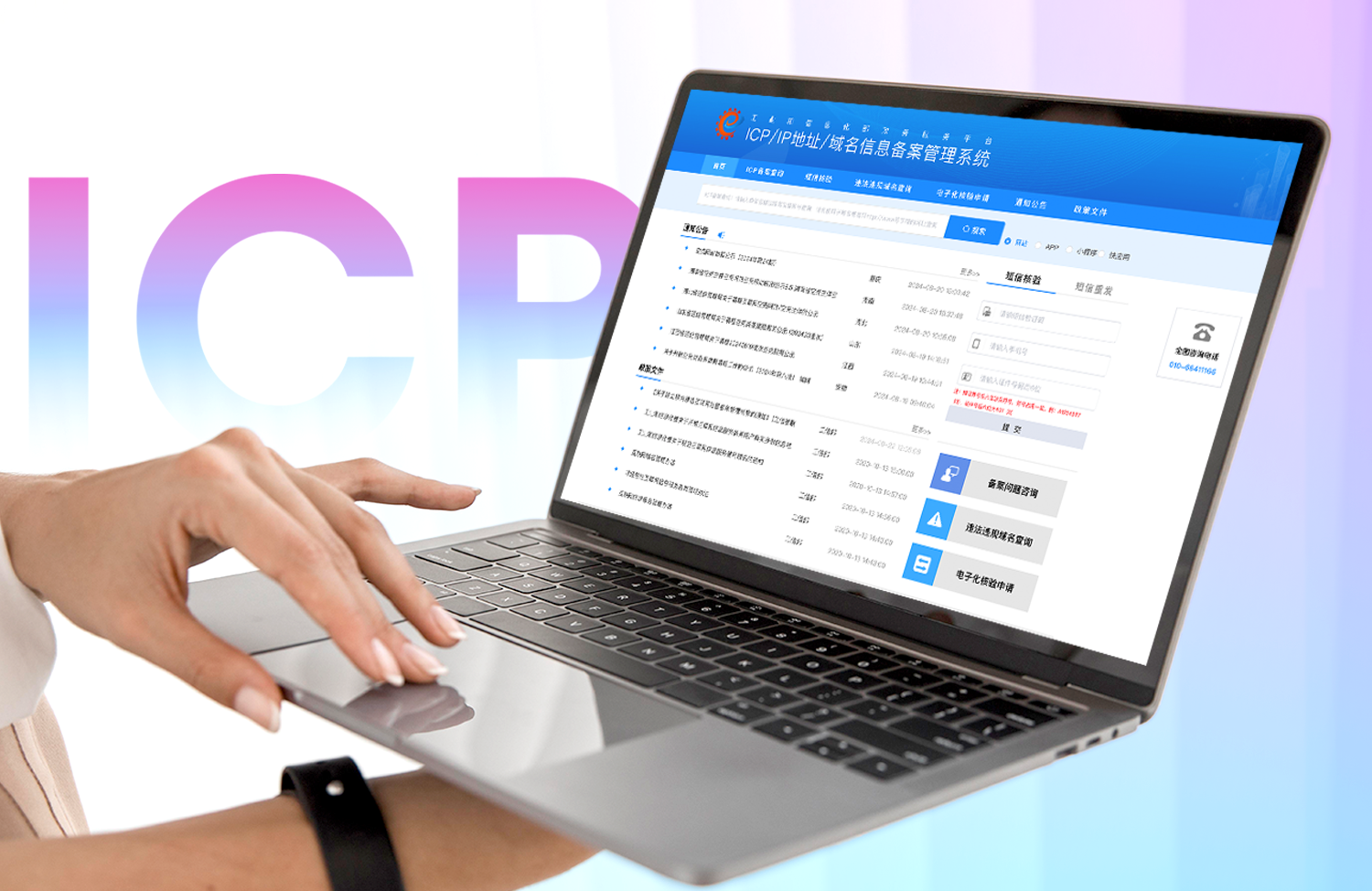Today more than ever your website is the face of your organization. Many times it’s the first impression that prospects have with your brand, and it will leave a lasting impact whether positive or negative.
Redesigning a website happens very often on the internet today. It can be thanks to the new technologies that appear one after another (and every one of us wants to stay in fashion) or because the rules change from month to month. Whatever the reason is, it is quite important to do it properly and to ensure the new design will bring you more advantages over your competitor than the old version.
If you find yourself with one of these types of sites, don’t fear. In this blog post we will talk about 4 ways to prepare for a website redesign.
1.Research & Set Expectations
Although the design agency you hire will also do their own research, it is just as important for your company to do so as well. Your research should be preliminary and the results should decide what direction you’re heading towards. With this research, you should be able to explain to a designer exactly what you want your website to be.
It’s a good idea to create a few lists that will guide the designer. Consider something like:
- Websites that you would like to get some design cues from
- Colors, fonts, logos, and other branding materials
- Stock imagery you want to use
- Primary goal of the website (i.e., user registration)
This is what will help you develop a creative brief that works and aids the designers to design a product that will reach your goals. After your own research, you should set several goals that you want to accomplish with your website redesign, such as:
- Increase your conversion rate by 25%
- Increase user engagement
- Improve SEO or structure of your website
Another part of this process is to decide how you will measure your goals. Are you going to use Google Analytics or other analytics software to measure user engagement? Will your conversion rates count leads or sales? If your goals include SEO, then you should set some measureable goals and not something too general that can never be tracked.
2. Use data for decision making and planning
Data is extremely useful for helping us to ask the right questions – it doesn’t provide the answers! You need to create experiments to test theories on why the data shows what it does.
Use the data to:
- Identify the problems
- Refine your understanding of those problems
- Define questions that will lead to solutions to the problems
Now that you’ve formulated questions based on hard data, use your intuition to make educated guesses as to the answers to the questions provided by your data, and then test your hypothesis with experiments.
3. Develop Conversion Paths
Once you have a deep knowledge base of our buyer persona, we can move to step two of our process: designing for the conversion. As inbound marketers we are constantly trying to drive leads, prospects and customers to a conversion. To do this effectively our site must be designed to do three things well:
Capturing New Leads
Effective websites are built to capture new leads from channels like search engines, email marketing campaigns, and blogging.
Educating Prospects
Additionally, effective websites allow new prospects to self-educate on on products and services at a pace that works for them. So your website should have top-of-the-funnel content (industry e-books & guides), middle-of-the-funnel content (recorded webinars) and bottom-of-the-funnel content (feature brochures, and comparison sheets).
Deepening Relationships With Clients
Finally, well designed websites help to deepen existing relationships with clients. Your site should be helping customers expand their use of your product or service. It should be showcasing potential upsell and cross sell opportunities.
So as you audit your current website, look for how effectively you're capturing leads, educating prospects and engaging current clients. If these activities aren’t happening on your site think through what the “conversion paths” should look like. Meaning, what activities visitors are going to take through your site to become a: new lead, educated prospect, or engaged customer.
Once you have mapped out the conversion path, then develop site pages, premium content, and calls-to-action that help visitors navigate to the most relevant content quickly and easily.
4. Establish A Design Aesthetic
The final part of a website re-design is establishing the design aesthetic. The aesthetic that you create for your site will significantly affect the perceptions of the organization, the user experience, and conversion rates. Some essential items that must be addressed when developing your design aesthetic are:
Selecting Typography
Choosing a typeface for your site is a critical component of every great website design.Typefaces heavily influence how your message is perceived by your audience, so take time to evaluate the typefaces available and how the type face you choose will affect your visitors.
Know Your Color Scheme
You may already have a color scheme going on your current website. Do you want to keep it? Do you want to freshen it up? Do you want to go with a completely new one? You need to decide this before you commit to the redesign process. If you decide to go with the current color scheme, great. If you decide to freshen it up, what do you want to change? If you decide to go completely new, what do you want in your new scheme? Be clear in your choice of colors. Know your theme and commit to it. Changing colors in midstream is not a good idea.
Whitespace
The use of white or “negative” space is essential in website design. Using white space appropriately can help to build visual hierarchy on the page. Additionally, by using negative space in your design you bring emphasis to certain design components, whether that be imagery, body copy or headlines. So think through the most essential items of your webpages and then use white space to bring focus to those areas.
Icon Use
Finally, as a close corollary to imagery and photography, designers should be strategic about the way they use icons within their designs. Icons can help to visually convey messages to visitors that are quickly browsing through a website. So use custom designed icons to enhance your website messaging.
Built By (Re)Design
A website redesign is both a strategic and tactical move that can help enhance your lead generation, decrease sales cycle times, and boost your industry credibility. The more time, effort and energy that you put into the re-design on the front end the better result you will have at the projects completion.
So start by deeply understanding your buyer personas by doing customer interviews, client phone calls, and roundtable events. Then create your conversion paths for leads, prospects and customers. Finally, develop a design aesthetic that draws the visitors in. If you complete this tactical objectives you will end up with a website redesign that helps you advance both your sales and marketing objectives.
TMO Group is a technology company providing website development in China. If you want more information, please send us an email!












